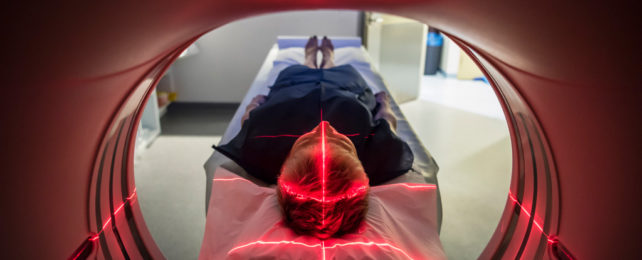Scientists can now “decode” people’s thoughts without even touching their heads, The Scientist reported.
Past mind-reading techniques relied on implanting electrodes deep in peoples’ brains. The new method, described in a report posted 29 Sept. to the preprint database bioRxiv, instead relies on a noninvasive brain scanning technique called functional magnetic resonance imaging (fMRI).
By its nature, this scanning method cannot capture real-time brain activity, since the electrical signals released by brain cells move much more quickly than blood moves through the brain.

But remarkably, the study authors found that they could still use this imperfect proxy measure to decode the semantic meaning of people’s thoughts, although they couldn’t produce word-for-word translations.
“If you had asked any cognitive neuroscientist in the world 20 years ago if this was doable, they would have laughed you out of the room,” senior author Alexander Huth, a neuroscientist at the University of Texas at Austin, told The Scientist.
The team then fed these scans to a computer algorithm that they called a “decoder,” which compared patterns in the audio to patterns in the recorded brain activity.
The algorithm could then take an fMRI recording and generate a story based on its content, and that story would match the original plot of the podcast or radio show “pretty well,” Huth told The Scientist.
In other words, the decoder could infer what story each participant had heard based on their brain activity.
In additional tests, the algorithm could fairly accurately explain the plot of a silent movie that the participants watched in the scanner. It could even retell a story that the participants imagined telling in their heads.
In the long term, the research team aims to develop this technology so that it can be used in brain-computer interfaces designed for people who cannot speak or type.
Source: sciencealert










